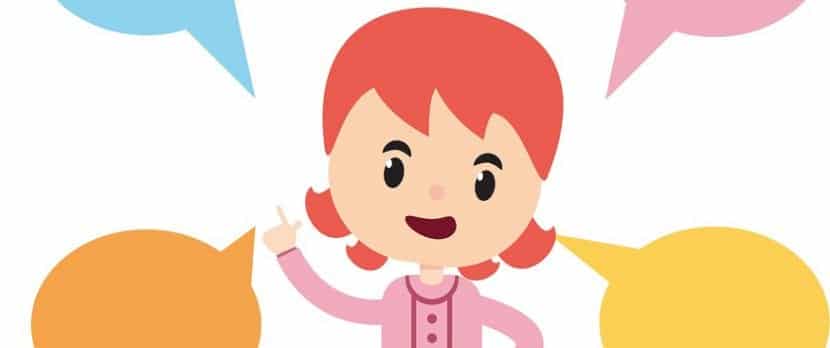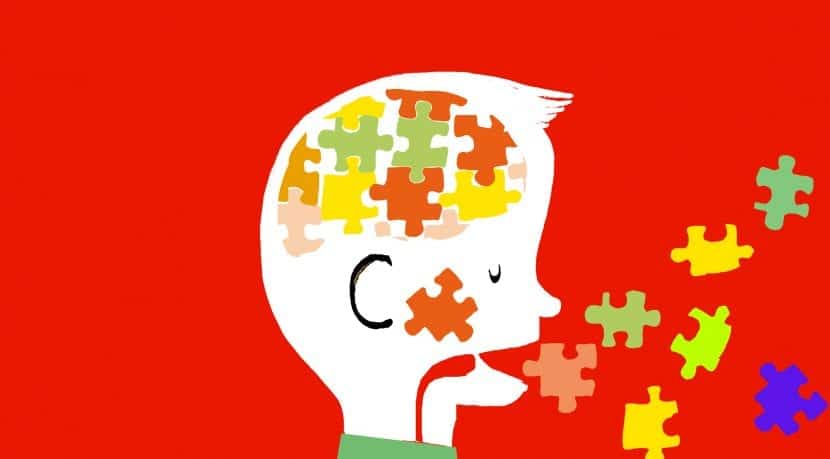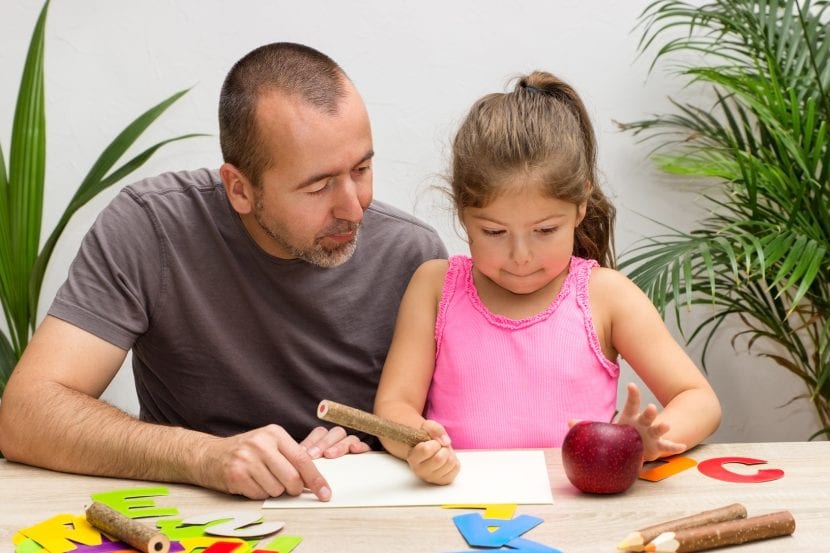
In this article we want to give some advice on dysarthria and its treatment, or acceptance in the classroom. But all these ideas can also be used to help your son or daughter at home, with friends or among the same family, which sometimes more than help can become a problem.
To begin we will define what is dysarthria, it is a language alteration that is caused by difficulties in the coordination and emission of the motor behaviors responsible for speech. It has to do with a motor process of difficulty in articulating language, but the reality is that this difficulty can lead to cognitive delays.
What is dysarthria

This language disorder we speak of, dysarthria, can come as a consequence of brain injuries. But it is also possible that there is a dysarthria in which the motor processes that make phonation or sound emission possible intervene almost exclusively. We are talking about the muscles of the mouth, face and respiratory system.
There are different levels of dysarthria, the child may speak in whispers, or very fast and through his teeth or very slowly, like slurring words. You will have difficulty moving your tongue, lips, and jaw, which can lead to drooling or poor saliva control.
Any work that is done with children who have this difficulty, in the classroom and outside of it, has to be focused on the child's speech skills, in communication, in reinforcing their self-esteem and enhancing their social skills. It is important that you help them understand their difficulty naturally, patience is important. Don't tag him.
You can practice with them drill speech and respiratory, relaxation, orofacial, intonation and swallowing, as it is important to strengthen the muscles directly related to chewing, this helps them and promotes sensitivity in the mouth.
How to help a child in the classroom?

Since most children go to school from the age of 3 it is very easy for professionals to detect dysarthria, and the parents will know before the difficulties that the child is posing with the language. The family group must collaborate directly with the school and participate in the exercises and advice they are given.
In addition to the exercises that we have discussed previously, and about which you will find more details in other articles, we propose this series of ideas. For example, help them think about what they want to say first. That they use short sentences in their speeches, when telling things.
It is very useful working with songs, tongue twisters, popular sayings, clichés, for them it will be like a game. Do not interrupt or limit a child with dysarthria, you will be weakening their self-esteem. On the contrary, in the classroom, he must be given the opportunity to speak and express himself. It's about making them feel like they can express themselves.
When you don't understand him well, try to do not correct or finish the sentence for them. You just have to be more patient. When the difficulties are excessive it is It is convenient to rely on other alternative communication systems, like Sign Language.
Guide for the attention to students with language problems

In Spain several manuals, brochures, and documentation have been published with recommendations for both teachers and families with recommendations to treat the different disorders and disabilities that have to do with language.
There are very up-to-date works on this disorder and new technologies are also very useful with applications for tablets and mobiles. As an example, we want to give you the Guide for speech therapy intervention, from the Sinntesis publishing house, which collects pedagogical and practical guidelines for teachers and family members, and what we find most interesting for those affected, in a language that is easy to understand.
En this article We also give you some suggestions if your child has pronunciation problems.